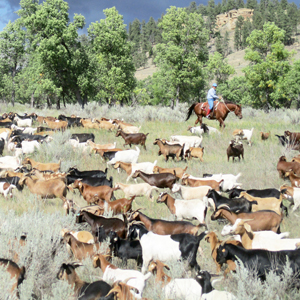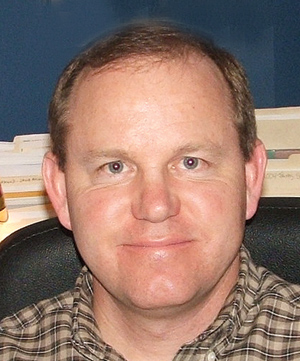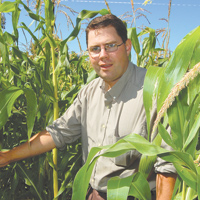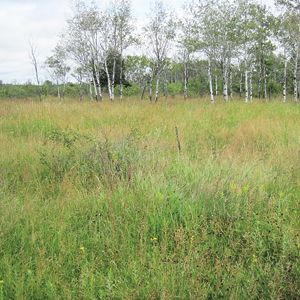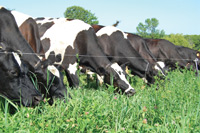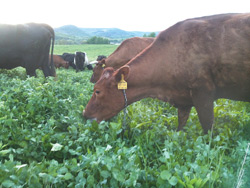Natural land care gaining popularity
By Janet McNally
One path to making a living with livestock is to be paid to graze other people’s properties. This month I’ll feature two graziers in very different parts of the country who employ goats in custom-grazing businesses.
Why goats? They are known for their ability to eat browse and weeds that cattle will not touch, and they are better browsers than sheep. Goats can be used to suppress noxious weeds and woody plants without competing directly with cattle for pasture.
Continue reading “Getting paid to graze”
